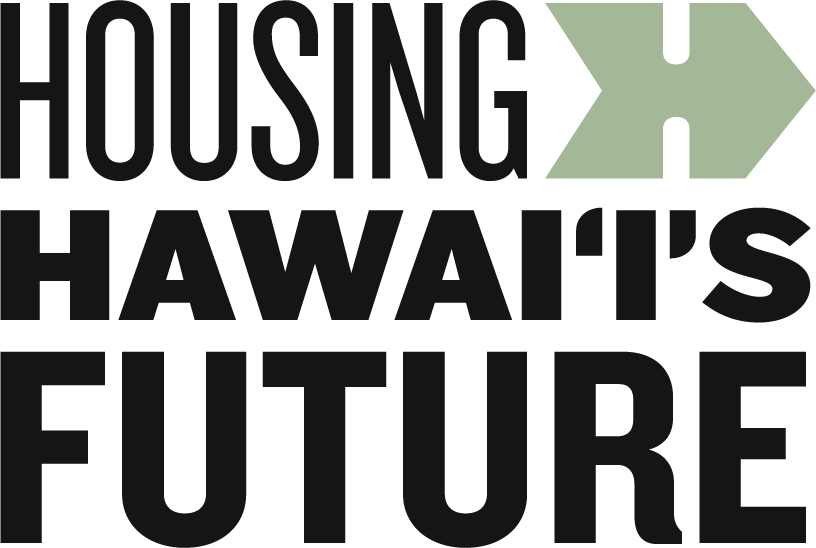How Do We Measure Our Cities 📏
People often say that government is not a business.
While true, this statement is somewhat misleading when it comes to cities.
Like a business, a city has revenue and expenses.
A city collects taxes (property tax, etc.).
A city provides services (fire protection, police, etc.).
A city owns assets (roads, sewers, etc.) that need maintenance.
A city owes money (debt repayments, worker pensions, etc.).
And if a city spends more than it makes, eventually it will go bankrupt, like Detroit.
Most people aren’t used to thinking of cities in this way.
The average “shareholder” never looks at the balance sheet of their city.
One of the basic problems of civic engagement is this:
The average voter doesn’t have the time or energy to read through their city’s budget.
They don’t know where revenue comes from or how money is spent.
And who can blame them?
Cities are terrible at making this information accessible.
Even when the information is public, it’s buried in spreadsheets.
But what if we could change that?
Meet Value Per Acre
I learned about “value per acre” while reading Strong Towns: A Bottom-Up Revolution to Rebuild American Prosperity by Charles L. Marohn, Jr.
(Great book!)
“Value per acre” is a simple idea.
We map the economic productivity of a city with a simple metric: value per acre (as measured by property tax revenue).
This is revenue modeling.
Then, overlay the cost of services to see which parts of the city cost least and contribute most.
This is cost of service analysis.
Here’s a case study of Lafayette, LA.
As you can see, the urban core is very productive.
The suburbs?
Woah.
Not so much.
…
If you’re anything like me, once you see this graph, you’ll remember it forever.
It’ll appear before you in dreams and during city council meetings.
You’ll see it when a mayor proposes a multi-billion dollar infrastructure project.
And you’ll wonder…
What’s the return on investment?
Will the tax revenue from new development exceed the cost of service?
Good question.
So What Do We Do? 🤔
I’ve bounced this “value per acre” idea off policy makers in each of the four counties.
To our knowledge, this kind of analysis has never been done in Hawai‘i.
But we need it.
So we’re going to lead the charge.
Housing Hawai‘i’s Future will make sure that we have access to this information in all four counties.
And we want to partner with other organizations and individuals you to make it happen!
If you support this kind of analysis, email us and let’s link.
We deserve better data.
Let’s get it.


